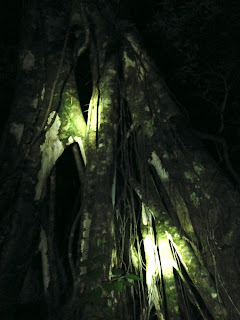I was supposed to testify about DNA last week. But my evidence was postponed to Monday of
this week, then to Tuesday; certainly I’ll be in the box today? Not to be.
Instead, Eitan and I had another fun day in sunny, friendly
Sydney. We spent three hours at the
Wildlife Zoo attraction at Darling Harbour.
Koalas expend their energy metabolizing eucalyptus, and so sleep
twenty hours a day. But this one woke up
and looked around. “Here’s looking at
you, kid.”
The echidna is a monotreme
Who likes its weather nonextreme.
Its eyes are pink and spines are white
Consuming ants all day and night.
Covered with coarse hair and spine
Oft taken for a porcupine.
Seeing one is quite a thrill –
An egg-laying marsupial.
We see lizards with blotched blue tongues
and lazing dragon bearded ones.
Rex is a sixteen-foot alpha crocodile who attacks everything
in sight. His former dog poaching days earned
him the enmity of his rural human neighbors.
Before they could kill him, a field station rescued Rex; but the croc chose
to eat his dates, instead of mating with them.
Fortunately for him, today Rex
is a pampered refugee at the Wildlife Zoo, rather than a line of luxury handbags
and shoes.
Here is a cuddly wombat, sleeping so marsupially.
Eitan handles lizards and snakes
and we both get to pet a baby quokka. (The quokka selfie is the
cutest social media trend
in Australia right now.)
We saw a cassowary bird roaming around his enclosure. This ancient man-killer likes to eat a
variety of fruits, which he swallows whole. Here we see Eitan feeding him cherry tomatoes.




































